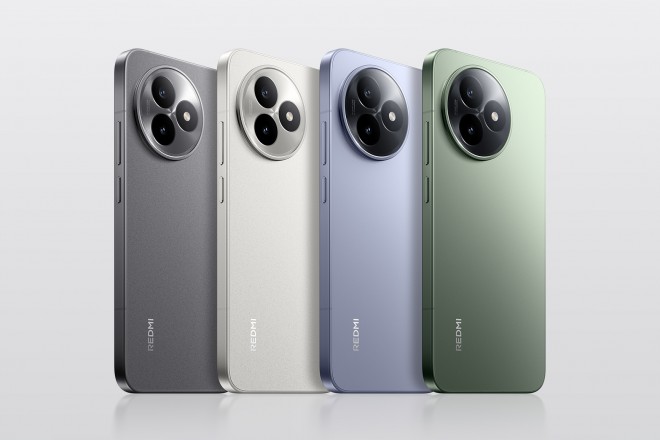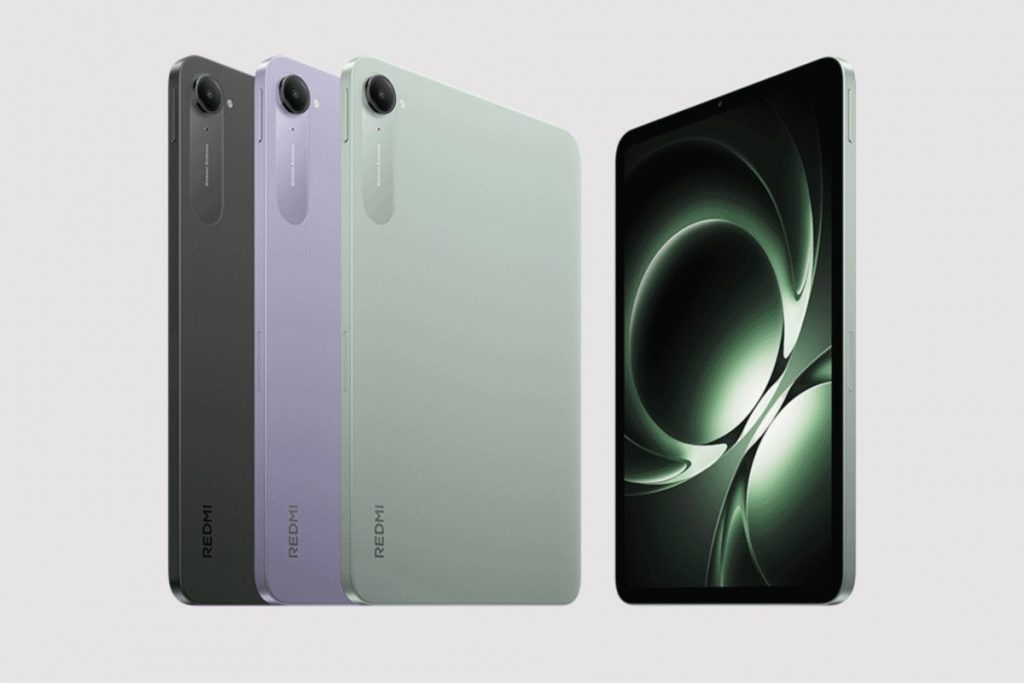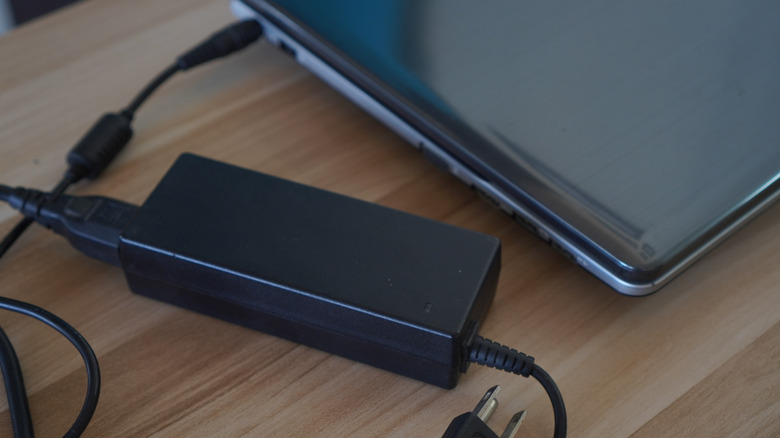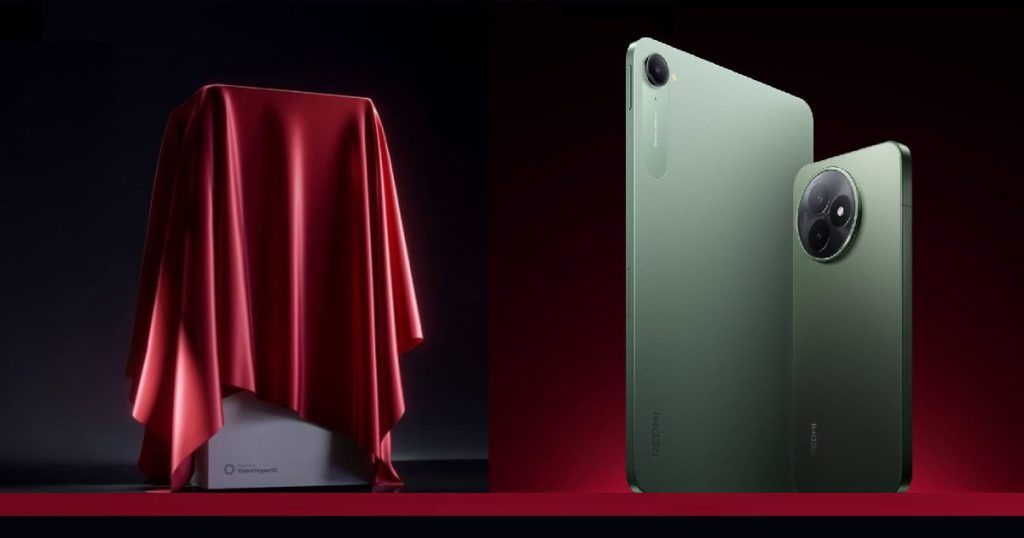NEWS
-
Redmi K80 Ultra and K Pad Arrive — Powerful Chips, Big Batteries, and Gaming Features
Xiaomi and Redmi unveiled a range of new devices at their latest launch event in China. Among the highlights are the Redmi K80 Ultra, a flagship killer equipped with MediaTek’s Dimensity 9400+ chipset and a 7,410mAh battery with 100W charging, and the Redmi K Pad, the brand's first compact tablet, featuring the same high-end chipset and a 7,500mAh battery.
Redmi K80 Ultra

Positioned between the Redmi K80 and K80 Pro, the Redmi K80 Ultra is designed with gaming and performance in mind. The device features a 6.83-inch OLED display with a 1280p+ resolution, a 144Hz refresh rate, and peak brightness of 3,200 nits. The screen also integrates an ultrasonic fingerprint scanner and a 20MP front-facing camera.
Under the hood, the K80 Ultra runs on the MediaTek Dimensity 9400+, paired with up to 16GB of RAM and 1TB of storage. The device is IP68-rated for water and dust resistance and ships with Xiaomi HyperOS 2, based on Android 15.
The rear camera setup includes a 50MP main camera with a 1/1.55" OV Light Fusion 800 sensor, accompanied by an 8MP ultrawide lens (OV08F). Redmi has also upgraded the audio system with its latest dual speaker setup, featuring large AAC 1115 coaxial stereo speakers and an X-axis linear vibration motor for improved haptics.
Powering the device is a 7,410mAh silicon carbon battery with support for 100W wired charging and bypass charging capabilities.
The Redmi K80 Ultra is available in Sandstone Gray, Moon Rock White, Spruce Green, and Ice Front Blue. Pricing starts at CNY 2,599 ($362) for the 12GB + 256GB model and goes up to CNY 3,799 ($530) for the top-end 16GB + 1TB configuration.
>>>Battery replaces BN5T for Xiaomi Redmi 13 - Li-ion Polymer 5030mAh
Redmi K Pad

The Redmi K Pad marks the brand's first entry into the compact tablet segment. It features an 8.8-inch IPS LCD with a resolution of 3,008 x 1,880 pixels, a 165Hz refresh rate, and a 16:10 aspect ratio. The tablet has a slim metal unibody design, measuring 6.46mm in thickness and weighing 336 grams.
Like the K80 Ultra, the K Pad is powered by the Dimensity 9400+ chipset, with options for up to 16GB of RAM and 1TB of storage. Camera hardware includes an 8MP front-facing camera and a 13MP rear camera.
To handle gaming and demanding tasks, the tablet incorporates a 12,050mm² vapor chamber for thermal management. Notably, the K Pad offers two USB-C ports, one at the bottom and another on the side, allowing users to charge the device while gaming comfortably.
The 7,500mAh battery supports 67W wired charging.
The Redmi K Pad is offered in Deep Black, Spruce Green, and Smoky Purple. Pricing begins at CNY 2,799 ($390) for the 12GB + 256GB variant, while the top configuration with 16GB RAM and 1TB storage is priced at CNY 4,199 ($585).
>>>Battery replaces BN82 for Xiaomi Redmi Pad SE 23073RPBF - Li-ion Polymer 8000mAh
PR -
Xiaomi Unveils Watch S4 41mm and OpenWear Pro Wireless Earbuds

Xiaomi is preparing to launch a new, smaller version of its Watch S4 — the Xiaomi Watch S4 41mm. This model focuses on fashion and style, offering a more compact size compared to the original 47mm version.
The Watch S4 41mm is shown in a “Quicksand Gold” finish paired with a matching gold Milanese strap. The crown features a polyhedron-cut design embedded with a six-point lab-grown diamond. It remains unclear whether the “gold” finish is genuine plating or simply paint.
Battery life is rated at up to 8 days, reduced from the 15-day claim of the larger 47mm model, which is expected given the smaller battery capacity.
The new model is powered by Xiaomi’s in-house Xring T1 chipset, the same chip introduced in last month’s Watch S4 refresh. The Xring T1 integrates Xiaomi’s first in-house 4G modem, which is 35% more power-efficient than the previous version. The chipset also offers enhanced computing performance, enabling features like live view when remotely controlling a smartphone camera.
>>>Battery replaces BM69 for Xiaomi Redmi K80 - Li-ion 6410mAh/24.68Wh
Xiaomi OpenWear Pro
Xiaomi is also teasing the Xiaomi OpenWear Pro, a pair of open-design wireless earbuds tuned by Harman. The earbuds feature what Xiaomi describes as the “world’s first open-style five-unit system”, though specific technical details remain unclear.
The OpenWear Pro have an open-ear design that allows ambient sound to pass through, making them suitable for environments where situational awareness is essential, such as offices or outdoor settings. The earbuds avoid blocking the ear canal entirely, improving comfort for long-term wear. The use of skin-friendly liquid silicone is intended to further enhance wearing comfort throughout the day.
-
Laptop Charger Died? Here’s How to Find a Safe, Compatible Replacement
When your laptop charger fails, knowing how to choose a replacement power supply is critical—not just for convenience, but for safety and device longevity. Here's what you need to know:

1. Identify the Correct Specifications
- Voltage (V): Must match the laptop’s requirement exactly. Deviating—even by ~5%—can damage your system.
- Current (A): The replacement should supply at least as much current as the original (e.g., a 5A charger can power a 3A laptop).
- Wattage (W): Calculated as V × A but will align if voltage and current specs match.
Tip: Check the label on your original charger, the underside of your laptop, or the user manual for these values.
2. Match the Connector
- Laptop power ports come in various shapes: barrel (coaxial), center-pin, rectangular, or increasingly USB-C.
- Even if barrel connectors look similar, their diameter and polarity must match precisely.
- Some brands—like Dell—use smart adapters with a center pin to identify proprietary chargers; third-party supplies may either work only for power (without battery charging) or trigger warning messages.
Tip: Measure plug size in millimeters or search by exact model number for correct tips.
3. OEM vs. Third‑Party Adapters
- OEM (Original Equipment Manufacturer): Most reliable choice—usually matches spec exactly.
- Third-party: Good alternatives when OEMs are unavailable, as long as they meet voltage, current, polarity, and connector specs.
Avoid low‑quality clones: cheap adapters may poorly regulate voltage, leading to noise, overheating, or damage.
4. Travel and Universal Adapters
- Universal adapters often include multiple tips, adjustable voltages, and global AC input (100–240 VAC).
- Ensure the adapter supports voltage regulation and has relevant safety certifications (CE, UL).
- With USB-C Power Delivery (PD) becoming standard, many newer laptops can be powered via compatible high-wattage USB-C chargers.
5. Safety & Certification
- Look for safety certifications like CE, UL, or equivalent.
- Prefer switch-mode power supplies (SMPS) for better efficiency, less heat, and cleaner output.
- Avoid unregulated adapters, which may over- or under-shoot output voltage under varying loads and potentially damage your laptop.
Quick Checklist
Specification Should Match Notes Voltage (V) Exactly matches laptop ±5% tolerance, max Current (A) Equal or higher Never lower Connector Exact shape, size, polarity Measure or reference tip spec Certifications CE, UL, etc. Ensure safety and compliance Power Delivery type OEM, certified third-party, USB‑C PD Consider cost and reliability Final Advice
- Always start with your laptop’s exact model or part number to find OEM replacements.
- If opting for a universal or third-party charger, double-check V/A specs, plug dimensions, polarity, and certifications.
- USB‑C PD is a versatile choice for newer systems but be cautious of wattage limits—make sure it matches your laptop’s needs.
- Don’t compromise on quality—good adapters protect your laptop, while cheap ones risk damage over time.
With the right care, your new power supply can feel just like the original—or even better.
-
Xiaomi to Unveil Mix Flip 2 and Pad 7S Pro at June 26 Event
Xiaomi has scheduled a major launch event for June 26 at 19:00 local time. The company will introduce the Mix Flip 2, the Pad 7S Pro, and new personal smart devices. The event will also mark the debut of Xiaomi's second car and first SUV, the YU7, with pricing details to be announced.

According to information from Digital Chat Station on Weibo, the event will also feature the Redmi K80 Ultra, the Redmi K Pad, Xiaomi AI Glasses, Xiaomi Open Earphones Pro, the Mi Band 10, and the Watch S4 in a new 41mm size.
The Xiaomi Mix Flip 2 is equipped with a 6.85-inch foldable display featuring a "1.5K" resolution and 120Hz refresh rate. It houses a 5,100mAh battery with support for 67W wired and 50W wireless charging. The camera setup includes a 50MP main sensor and a 50MP ultrawide. The device includes an IR blaster, NFC, and offers IPX8 water resistance. Global availability is expected, following the international release of its predecessor.
>>>Battery replaces BP4U for Xiaomi 15 - Li-Polymer 5400mAh
The Xiaomi Pad 7S Pro runs on Xiaomi’s in-house Xring 01 chipset. It features a 12.5-inch IPS LCD with a 144Hz refresh rate and is powered by a 10,610mAh battery supporting 120W charging.
The Redmi K80 Ultra features a 6.83-inch LTPS OLED display with FHD+ resolution and a 144Hz refresh rate. The screen is produced by TCL and protected by Xiaomi Dragon Crystal Glass. The device weighs 223.5 grams. It carries a 50MP main camera with a 1/1.55-inch OV Light Fusion 800 sensor, an 8MP ultrawide (OV08F), and a 20MP front camera (OV20B). The K80 Ultra runs on the Dimensity 9400+ chipset with configurations offering up to 24GB of RAM. It uses a 7,410mAh silicon-carbon battery managed by Xiaomi’s Hyper G1 battery chip.
The Redmi K Pad comes with an 8.8-inch IPS LCD offering a 165Hz refresh rate. It is powered by the Dimensity 9400+ processor and a 7,500mAh battery with 67W fast charging. The device weighs 336 grams.
-
Redmi Pad 2 Launches in India with Wi-Fi and 4G Variants
The Redmi Pad 2 is now official in India and will be available starting June 24 through Mi.com, Amazon, Flipkart, and authorized retailers. The tablet comes in both Wi-Fi-only and 4G models.

Connectivity and Variants
- Wi-Fi Model: Wi-Fi 5 (802.11ac), no GPS
- 4G Model: Dual-SIM/Dual-Standby with LTE support on bands 1, 2, 3, 4, 5, 7, 8, 13, 18, 19, 20, 26, 28, 66; includes GPS
Pricing
Redmi Pad 2 (Wi-Fi): 4GB + 128GB, ₹14,000Redmi Pad 2 (4G): 6GB + 128GB,₹16,000 ; 8GB + 256GB, ₹18,000
Redmi Pad 2 Cover : ₹1,300
Redmi Smart Pen: ₹4,000
>>>Battery replaces BN82 for Xiaomi Redmi Pad SE 23073RPBF - Li-ion Polymer 8000mAh
Specifications
- Display: 11-inch IPS LCD, 2560 × 1600, 90Hz refresh rate, 10-bit color, 16:10 aspect ratio
- Processor: MediaTek Helio G100 Ultra (6nm)
- Memory: 4GB / 6GB / 8GB RAM, 128GB / 256GB storage
- Expansion: microSD slot available
- Audio: Quad speakers, Dolby Atmos, 3.5mm headphone jack
- Battery: 9,000mAh with 18W fast charging (15W charger in box)
- Build: Aluminum frame, 7.36mm thickness, 510g (Wi-Fi) / 519g (4G)
- Durability: IP52 splash resistance
The Redmi Pad 2 is designed for entertainment, productivity, and learning, combining a high-resolution display, quad speakers, and optional stylus support with a large battery and cellular connectivity in higher-tier models.
